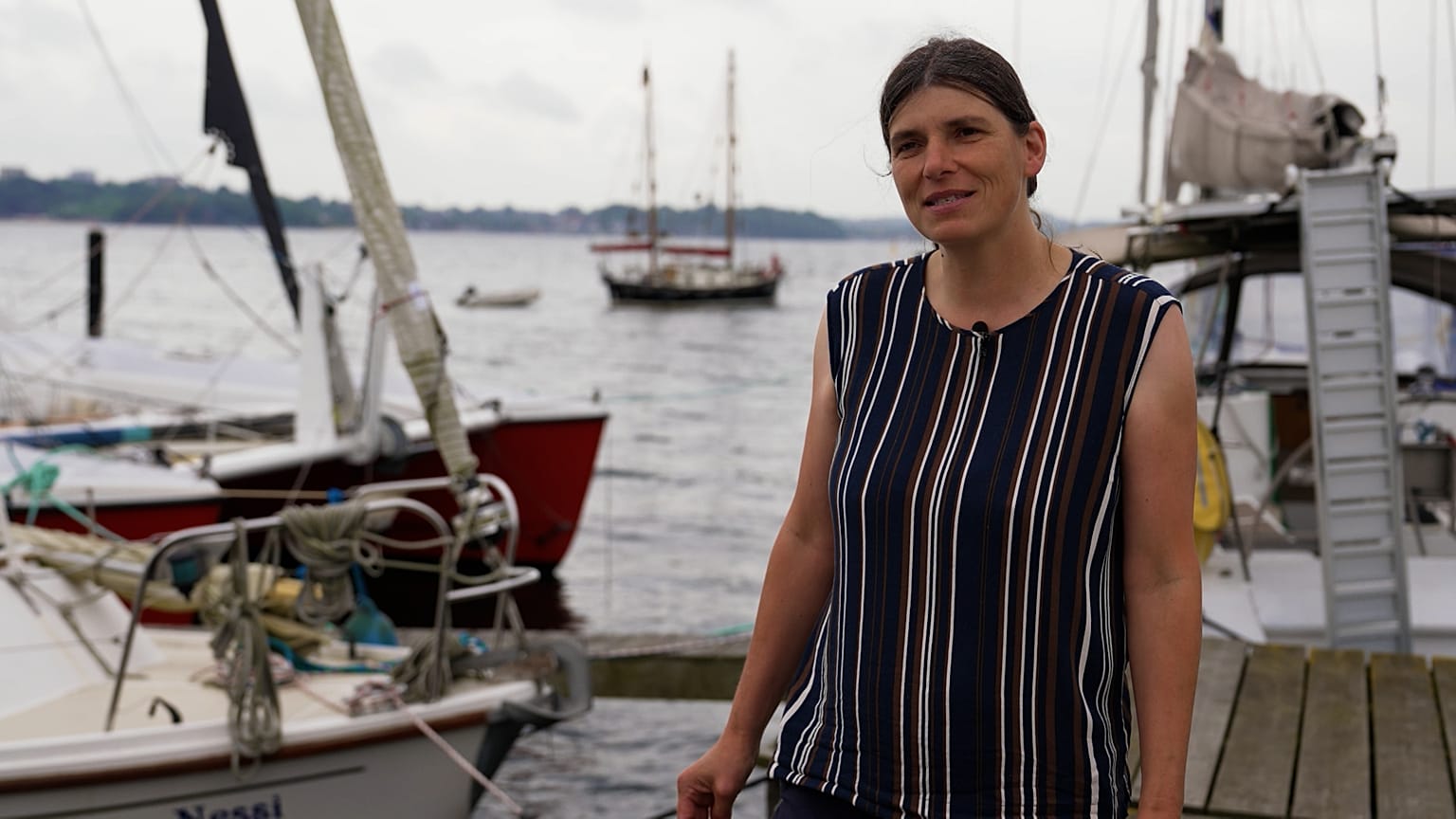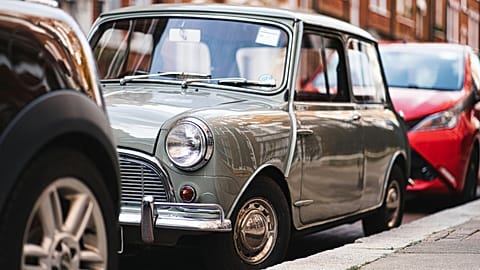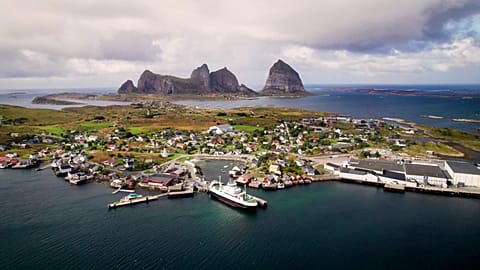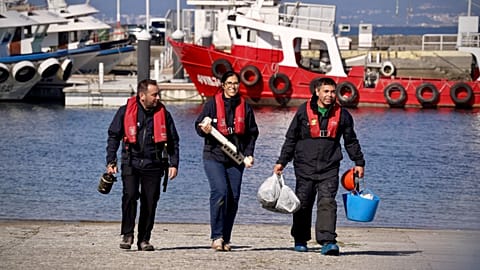As Europe’s seas grow crowded, EU-funded marine multi-use projects show how offshore wind and seaweed farming can share space, cut emissions, and boost marine habitats — offering a smart, sustainable path for the future of offshore industries.
Europe’s offshore waters are no longer the empty expanse they once were. From wind farms to fishing fleets, military drills to seaweed cultivation, the race for marine space is intensifying. With multiple industries competing for the same stretches of sea, the pressure is on to find smarter ways to share offshore zones — and meet climate and sustainability targets, without sinking into conflict.
One emerging approach is multi-use marine projects that combine compatible activities like aquaculture, with renewable energy production in shared offshore zones.
One Ocean, many uses
Eva Strothotte is a project manager working on ULTFARMS and UNITED, European-funded research projects at the forefront of this shift. The international research teams are studying how seaweed farming can operate alongside offshore wind farms.
“Even the offshore area is already heavily used by different people — offshore wind, fishing, the Navy,” Eva Strothotte told Euronews Ocean in Kiel. “Now we come in and want to grow seaweed. So we’re trying to find solutions, to create positive synergies in the same space.”
The multi-use approach goes beyond simply coexisting. It means collaboration — sharing vessels, infrastructure, and data systems to cut costs and emissions.
“The same people who maintain the turbines can take water samples for us,” Strothotte said. “We’re using the same ships, the same power supply for our sensors. It helps reduce our CO₂ footprint.”
This resource-sharing model turns overlap into opportunity: while wind turbines generate clean energy, seaweed farms produce useful biomass — and both benefit from joint logistics.
Building habitats, not just infrastructure
But the benefits aren’t just economic. ULTFARMS is also pushing for what it calls “nature-inclusive design” — turning marine infrastructure into habitats for sea life.
“We’re creating more habitat,” Strothotte said. “We’re using hard substrates that juvenile fish and other organisms can grow on — not just seaweed.”
As European seas grow more crowded, projects like ULTFARMS point to a future where cooperation — not competition — drives the blue economy. With careful planning and shared tools, marine spaces could become more productive, more sustainable, and more biodiverse.



















